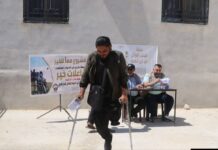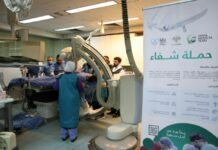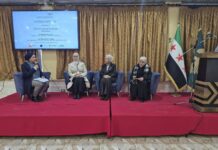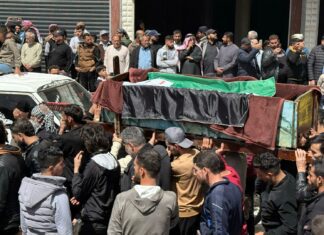
Amid the cracked facades of bombed-out buildings and the jagged remains of what were once bustling streets, a young Syrian vaults over a crumbling wall. His steps are swift, precise, and deliberate as he leaps onto a precariously perched beam, flips mid-air, and lands with the grace of a cat. Around him, the rubble-strewn landscape of Idlib tells a story of war and loss, but his movements speak of resilience, hope, and defiance. For these youth, parkour is more than just a sport – it’s a way to reclaim their city and lives, one daring leap at a time.
Parkour, often described as the art of movement, originated in France in the 1980s as a method of navigating urban environments with agility and efficiency. Founded by David Belle and inspired by his father’s military training, parkour emphasizes overcoming obstacles with creativity, strength, and fluidity. What began as a niche practice has since become a global phenomenon, celebrated for its blend of athleticism and artistry.
In the midst of the turmoil and devastation of a war-torn region, a group of young athletes is finding hope and resilience through an unlikely outlet: parkour. This acrobatic sport, marked by dynamic leaps, agile climbs, and daring flips, is quietly gaining popularity in the liberated areas of northern Syria, especially in Idlib.
Despite the challenges it faces, Coach Ahmad Sawas, a sports coach in Idlib, has been advocating for parkour since 2022. “Parkour distinguishes itself from other sports by providing young people with physical fitness, quick thinking, agility, and the ability to execute acrobatic movements,” Sawas said in an interview with Idlib-based L24.
Sawas notes that the love for parkour is evident among the youth in Idlib, even if limited resources stymie its growth. “It is very desirable,” he said, “but those who train feel afraid because there isn’t enough equipment or full protective gear.”
This lack of infrastructure contrasts sharply with soccer, the region’s most popular sport, which benefits from financial support, through local clubs and sponsors as well as existing infrastructure and popularity. Yet, the enthusiasm for parkour persists, fueled by the sport’s unique demands for creativity and courage.
Sports have become a vital means of escapism and self-expression in a region long defined by conflict. “Sports in general help improve the quality of life and provide relief from the war,” Sawas said. “Regardless of the type, it has become the only outlet in the liberated area. Sports improve health, morale, and physical fitness.”
Parkour, with its emphasis on overcoming obstacles, resonates deeply with the lived experiences of Idlib’s youth. Its dangerous, high-stakes moves inspire strong competition, encouraging participants to push their limits while navigating the constraints of a life under siege.
Despite its rising popularity, parkour in Idlib remains unsupported by a formal sports federation, leaving athletes without organized competitions or access to international platforms. Sawas acknowledges the challenges of poverty, lack of support, and neglect, but he remains optimistic about the sport’s potential.
“Parkour greatly helps to revive sports life here,” he said. “It is popular, and its fans are drawn to the strength and beauty of its acrobatic movements.”
Parkour’s emergence in Idlib reflects the resilience of a community determined to thrive despite adversity. For its practitioners, the sport is more than an athletic pursuit; it’s a statement of defiance and hope, proving that life in the liberated areas of Syria is about more than survival.
In a region marked by struggle, the sight of young athletes flipping over walls and vaulting through rubble offers a glimpse of something enduring: the unyielding spirit of those who refuse to give up on their dreams.








